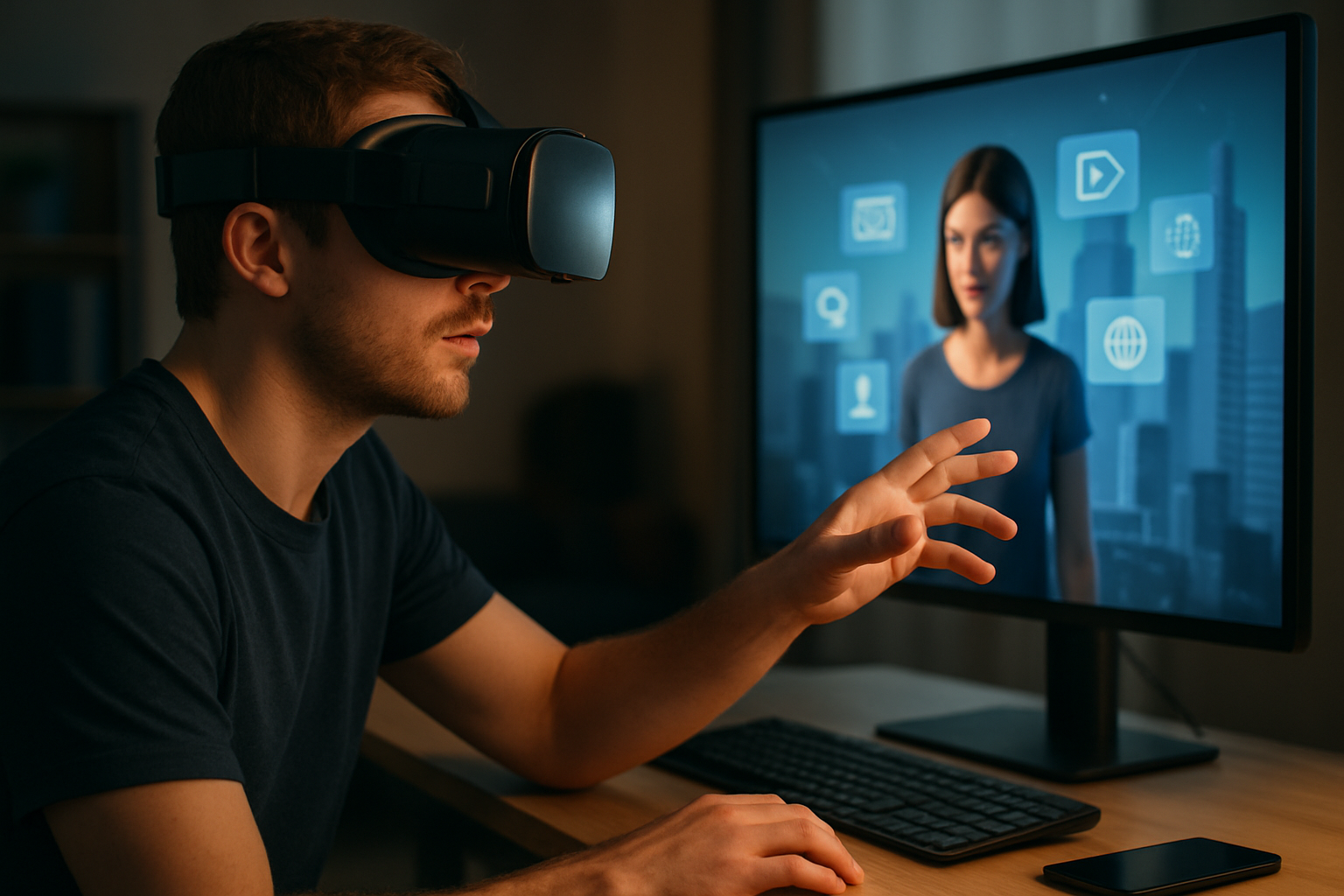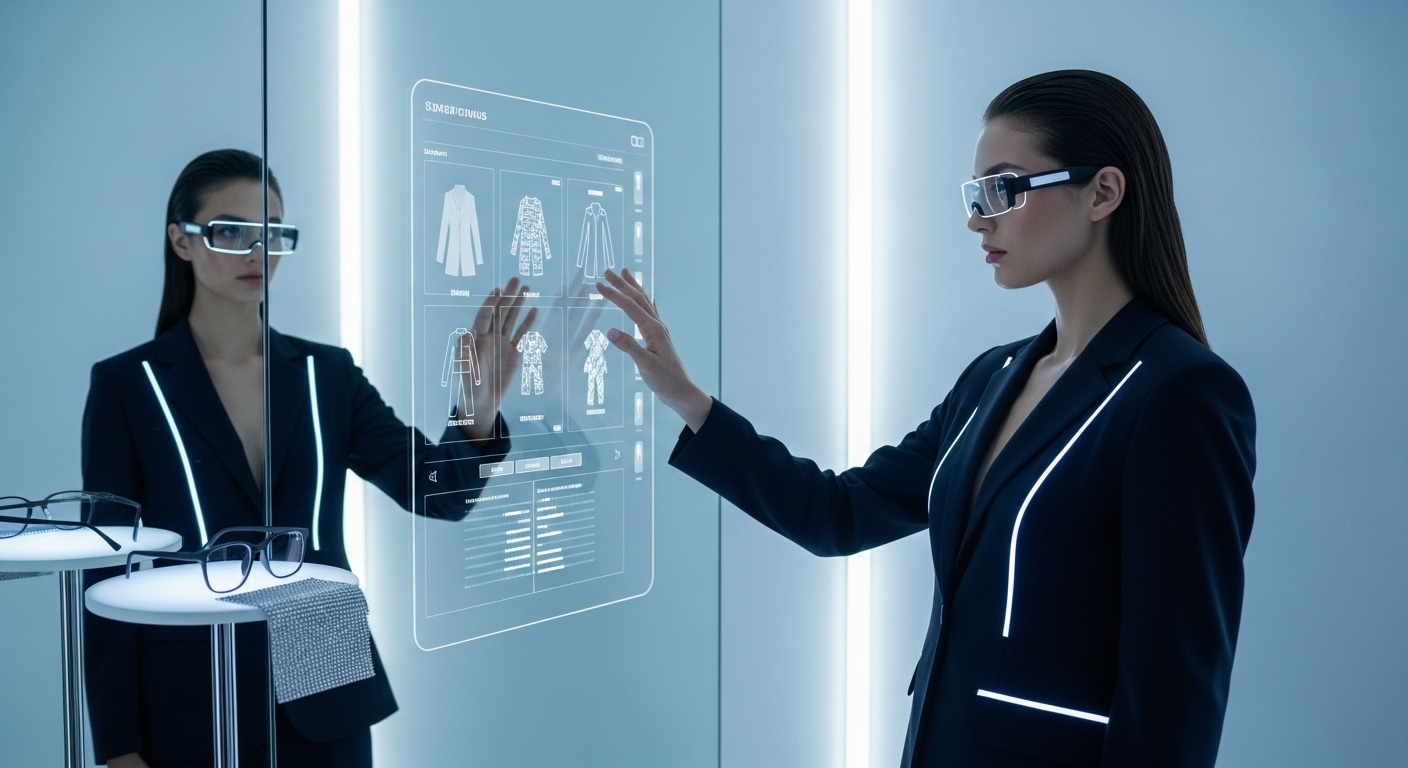Shaping Reality: The Societal Influence of Augmented and Virtual Reality
Immerse yourself in an exploration of the societal impact of Augmented Reality (AR) and Virtual Reality (VR). As these technologies permeate our daily lives, they shape our perceptions, interactions, and cultural narratives in surprising ways. Read below to learn about the historical context, current trends, and future implications of AR and VR on society.

The Origins and Evolution of AR and VR
The roots of AR and VR can be traced back to the mid-20th century. In 1962, Morton Heilig invented the Sensorama, a machine that created a multi-sensory (visual, auditory, olfactory) experience, marking the first foray into immersive technology. Fast forward to the 1990s, when the term “Augmented Reality” was coined by Tom Caudell, a researcher at Boeing. Since then, AR and VR have evolved from obscure, experimental technologies to mainstream tools that influence various aspects of society.
Current Trends: AR and VR in Everyday Life
Video games, social media filters, and virtual tourism are just a few facets of life where AR and VR have gained ground. The integration of AR in mobile devices has brought virtual elements into our real-world environment. Simultaneously, VR headsets offer immersive experiences, transporting users to different realms. These technologies are not merely changing our entertainment preferences but also transforming education, healthcare, and even our social interactions.
The Social Influence of AR and VR
The implications of AR and VR on society are profound. For instance, in the realm of social interactions, these technologies can bridge geographic divides, allowing people to connect in a virtually shared environment. However, they also raise issues of digital divide and accessibility. In education, AR and VR can enhance learning by providing immersive, interactive experiences. Yet, questions about the quality and equity of virtual learning persist.
The Future: Societal Shifts and AR and VR
The future of AR and VR promises further societal shifts. As these technologies become more advanced and accessible, they will likely permeate even more aspects of our lives. They could potentially redefine the way we work, learn, and socialize, creating a society that seamlessly blends physical and virtual experiences. However, as we embrace these changes, it is crucial to address the sociological implications, such as privacy concerns, digital literacy, and the risk of social isolation.
Balancing Innovation and Societal Impact
As we continue to navigate the AR and VR landscape, it’s important to balance innovation with social considerations. While these technologies offer exciting possibilities, they also present new challenges for society. By understanding the historical context, current trends, and potential implications, we can ensure that the integration of AR and VR into our lives results in positive societal change.
In the world of AR and VR, the line between the real and the virtual blurs. This intersection of technology and society offers exciting possibilities but also presents new challenges. Understanding these dynamics is key to navigating our increasingly digitized world.





